Content is king when it comes to making your business known to your target audience on the internet. So how do you make full use of all the blog articles and write-ups that you produce for long term success? The answer is – evergreen content!
Evergreen content focuses on topics that remain ‘fresh’ and relevant to your target audiences for years to come. Creating evergreen blog content for your business is a really good strategy to develop strong SEO so that your blog will continue to attract more visitors over time.
This tactic also helps you to establish yourself as a thought leader and expert in your field as more and more people will get to know about you and learn from your expertise and content writing.
You will also be able to continually serve your customers and potential customers throughout the year by providing this evergreen content.
It is important to note that evergreen articles are not:-
- News-related pieces
- Holiday or seasonal write-ups
- Current trends and crazes
- Statistics or numerical reports
- Pop culture fad
- Latest clothing and fashion trends
Although such articles may boost up your website rank in search engines, the demand for such information will fade sooner or later. So it’s important to understand that both trending and evergreen content can contribute towards your business success.
Examples of evergreen content that you can produce are:-
- Product Reviews
- Lists
- “How-to” tutorials
- Answers to FAQs (frequently asked questions)
- Industry Advice
- Glossary of terms and phrases that are common to your industry
- Testimonials
- Case Studies (Successful and What-Went-Wrong)
- Resources List
- Top Tips
- Checklists
- List of Free and Paid Tools
- Books to Reach a Specific Goal or Solve a Challenge
- Interviews
- Lessons Learned from Mistakes Made
- Common Mistakes in an Industry
- Pros and Cons write-ups
Below are my top tips for finding suitable evergreen content ideas for your blog and business:-
Right Keywords
What are the types of keywords that you would like your website to rank for? The best way to figure this out is to determine the types of challenges that your customers are normally facing.
After figuring this out, you will need to brainstorm the potential questions that your customers would be keying into their search engines. And from there, you can use these questions to make a decision on the types of keywords that you will be focusing on to rank your website.
You can get ideas of the types of keywords to use by doing a thorough research on Google Adwords. Try to choose longtail keywords instead of more general keywords because the competition for such keywords would be less. So it will be easier for your customers to discover you.
You must also see that the keywords you have chosen have a good amount of search volume per month.
Use the Google Adwords Keyword Planner tool.
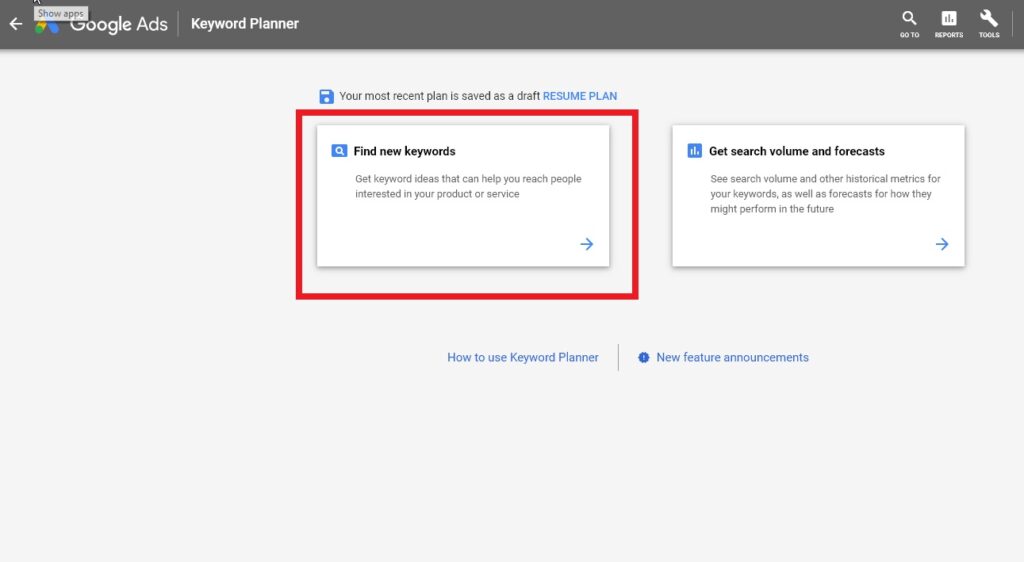
Once you have selected on the Keyword Planner tool, you need to click on ‘Find new keywords’.
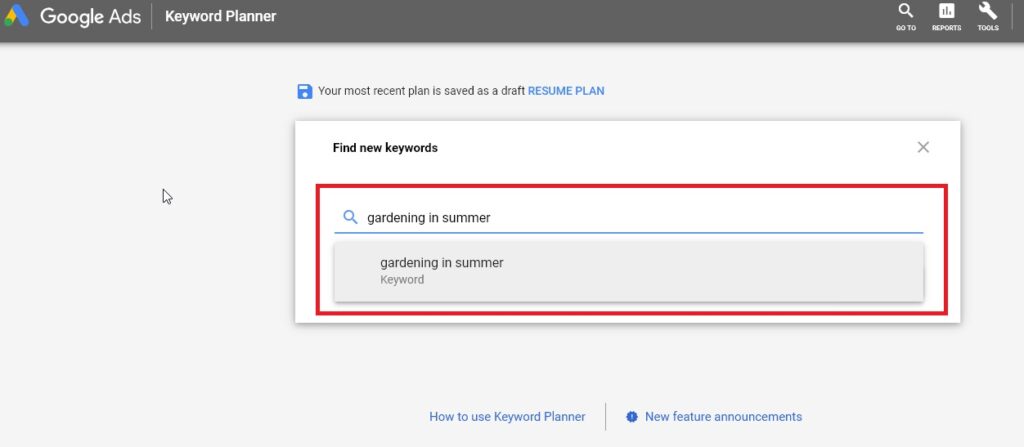
In that section, you will need to key in the terms or keywords that would be most likely used by your target customers.
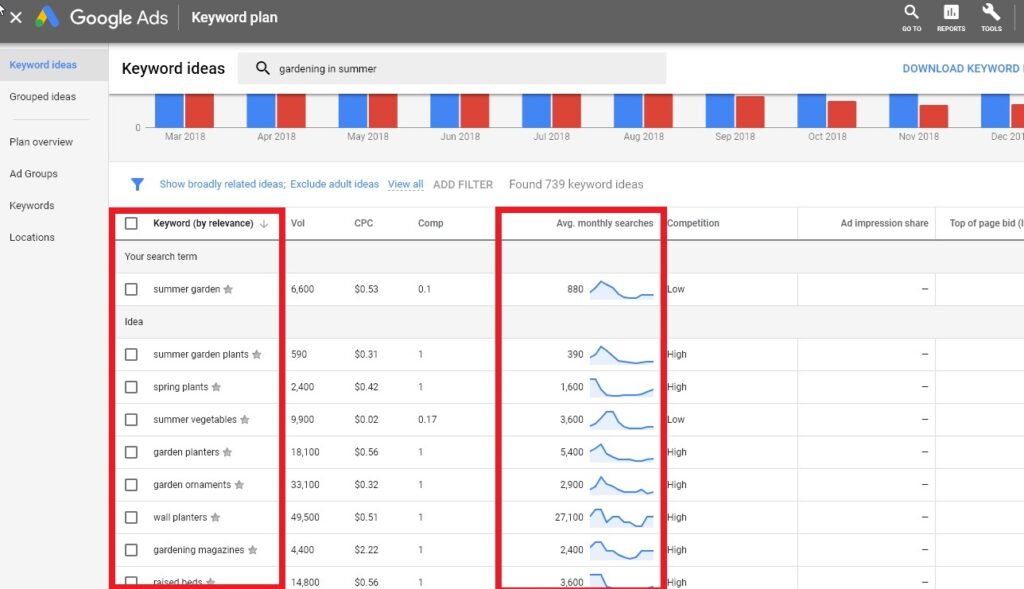
Then you can look through the suggested keywords and average monthly searches to see what are the keywords that are popularly used. You can also use this method to find other potential keywords that you may have missed earlier.
Besides using Google Adwords, you can also use Keywords Everywhere to search for potential related topics that may have a good volume of searches. Keywords Everywhere is a browser add-on that you can use on Chrome and Firefox. It allows you to see what types of keywords are normally used.
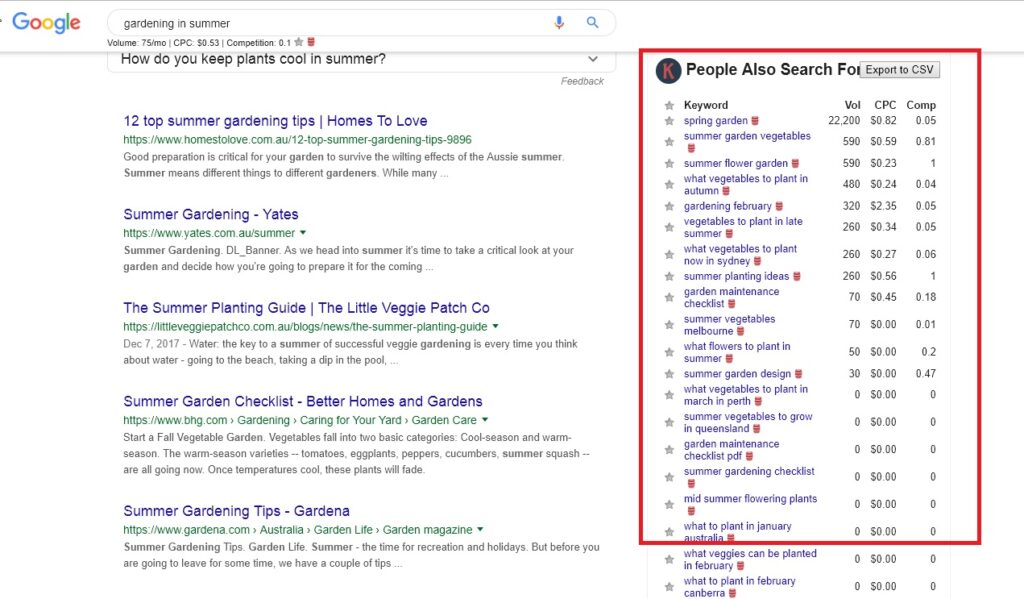
Once you install Keywords Everywhere onto your web browser, you will see at the bottom right the search volume for the keywords or term that you have used.
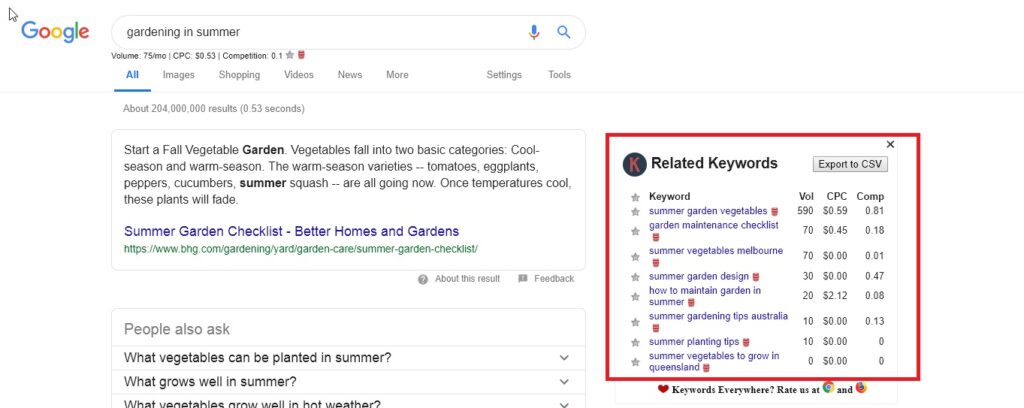
You will also find that at the top right of your browser, there are a list of related keywords compared to the keywords or term that you have used. You can use this to get more ideas for your evergreen content.
Visit Pinterest
Once you have determined that best keywords that are suitable for your evergreen blog articles, I’d highly recommend for you to visit Pinterest for some ideas.
Pinterest is a great place with huge database of evergreen topics. Just key on your chosen keywords and Pinterest will highlight to you so many types of topics you can write that focuses on your chosen keywords.
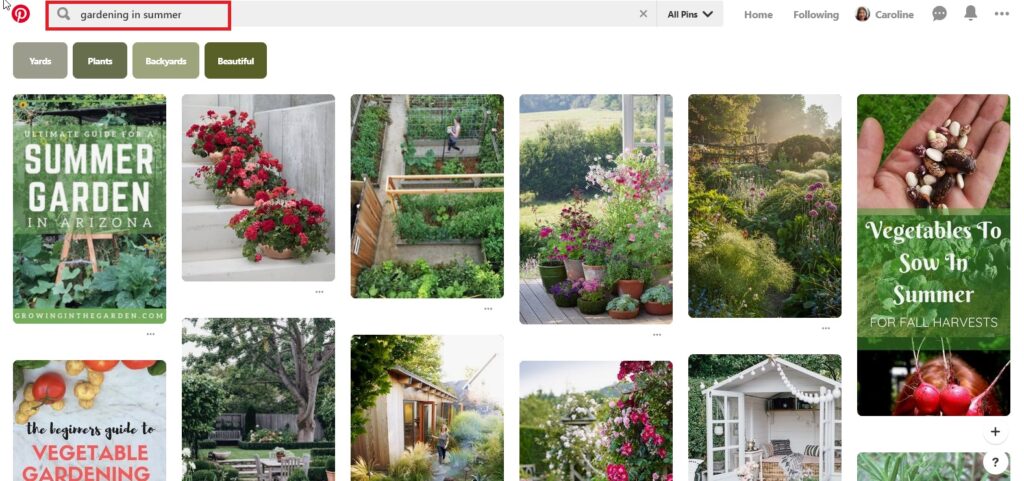
Optimize for SEO
The next thing you want to do is to create your evergreen content article in a way that is optimized for SEO. You can do this by ensuring that your images have alt text and that your main keywords are in your title, URL and your body copy. Do not overload your articles with too many of the same keywords. Choose a variation of different, but related keywords. You can also hyperlink other related evergreen articles in each of your articles so that your readers will continue to read your blog. This will increase their time on your blog, which will be good for your SEO too!
Create Content Suitable For Your Audiences (Beginners, Intermediate or Advanced)
In order to engage your audiences, you need to write your content in a way that relates to them. If you are targeting an audience with beginner knowledge to a specific topic, then write simple to understand articles that are suitable for beginners. On the other hand, if you are targeting audiences with intermediate or advanced knowledge in a specific topic, then you must write your articles according to their level of understanding. Doing this will ensure that you get to fully engage with your readers so that they will visit your blog again or support your products and services.
Avoid Jargons and Technical Terms
Unless you are writing for an audience that are used to jargons and technical terms, avoid using them at all times! This is because you will only frustrate your readers by using them. And if you have no choice but to use certain jargons and technical terms in your blog, then remember to explain to your readers what those words mean. It’s no use spending all that time writing articles that won’t be understood by your readers.
And so that’s it. Your complete guide to discovering topics for creating evergreen blog content that will help your business to grow. I hope that you found this article helpful. If you like what I have shared and would like to receive my future blog updates, don’t forget to join my newsletter by opting-in to receive my free ‘7 Copywriting Mistakes’ guide below.
References:
https://www.wordstream.com/blog/ws/2012/10/16/guide-to-evergreen-content-marketing
https://www.copyblogger.com/evergreen-content/
https://digitalmarketinginstitute.com/en-au/blog/2017-10-04-the-beginners-guide-to-evergreen-content
https://blog.scrunch.com/the-benefits-of-evergreen-content-in-your-content-marketing-strategy
https://contentmarketinginstitute.com/2018/06/evergreen-content-formats/
https://www.workablelife.com/write-evergreen-content-blog-business/
https://suzie81speaks.com/2018/04/16/how-to-create-evergreen-blog-content/
https://thecreativegirlbosstribe.com/what-is-evergreen-content-and-why-do-you-need-it/
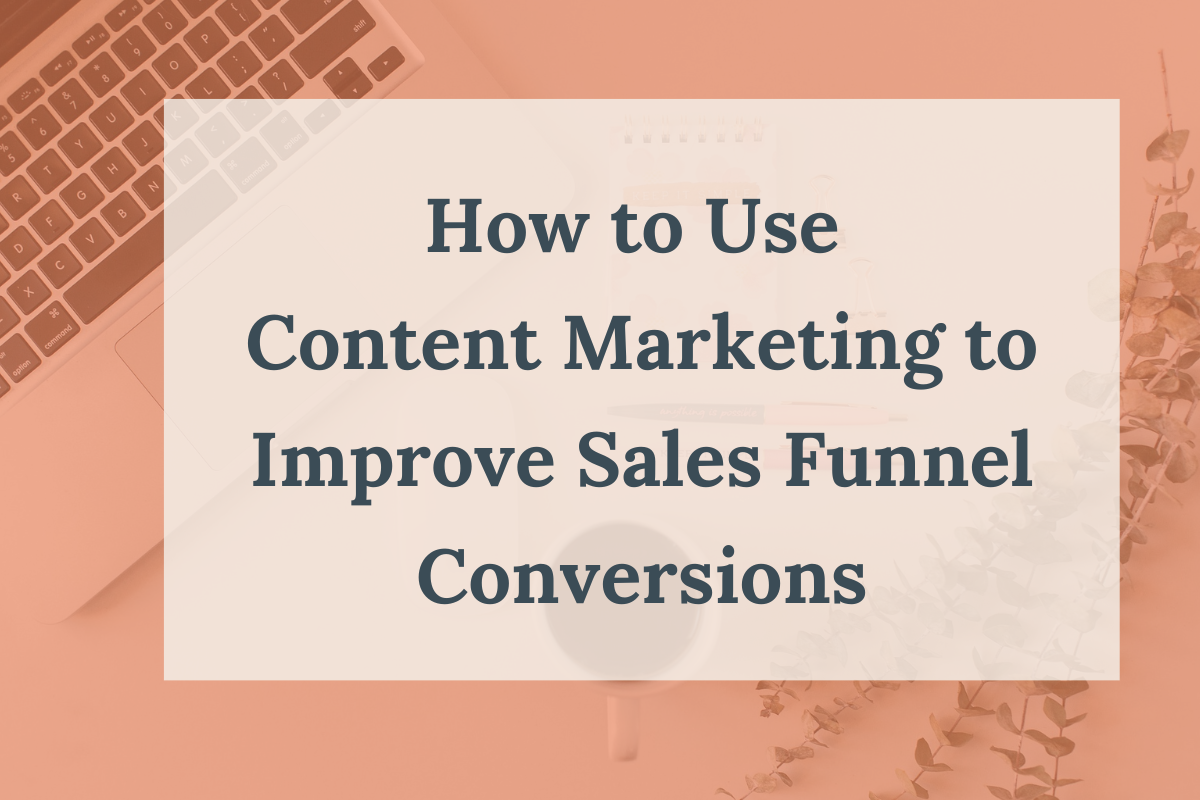




Leave a comment